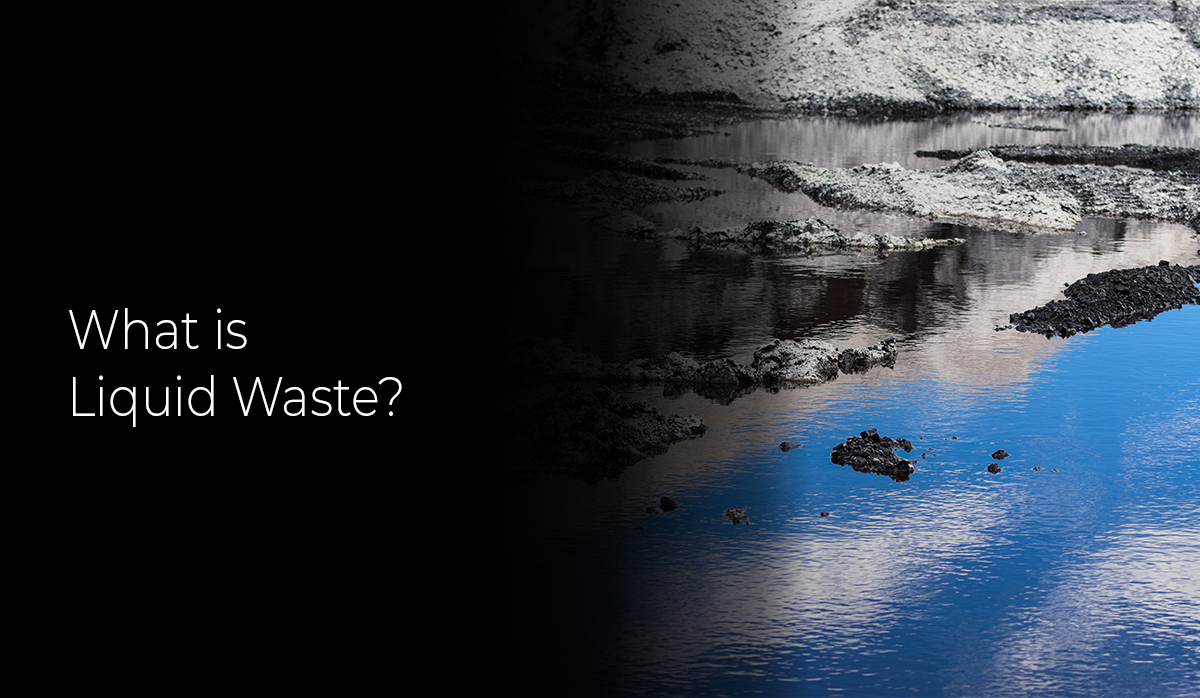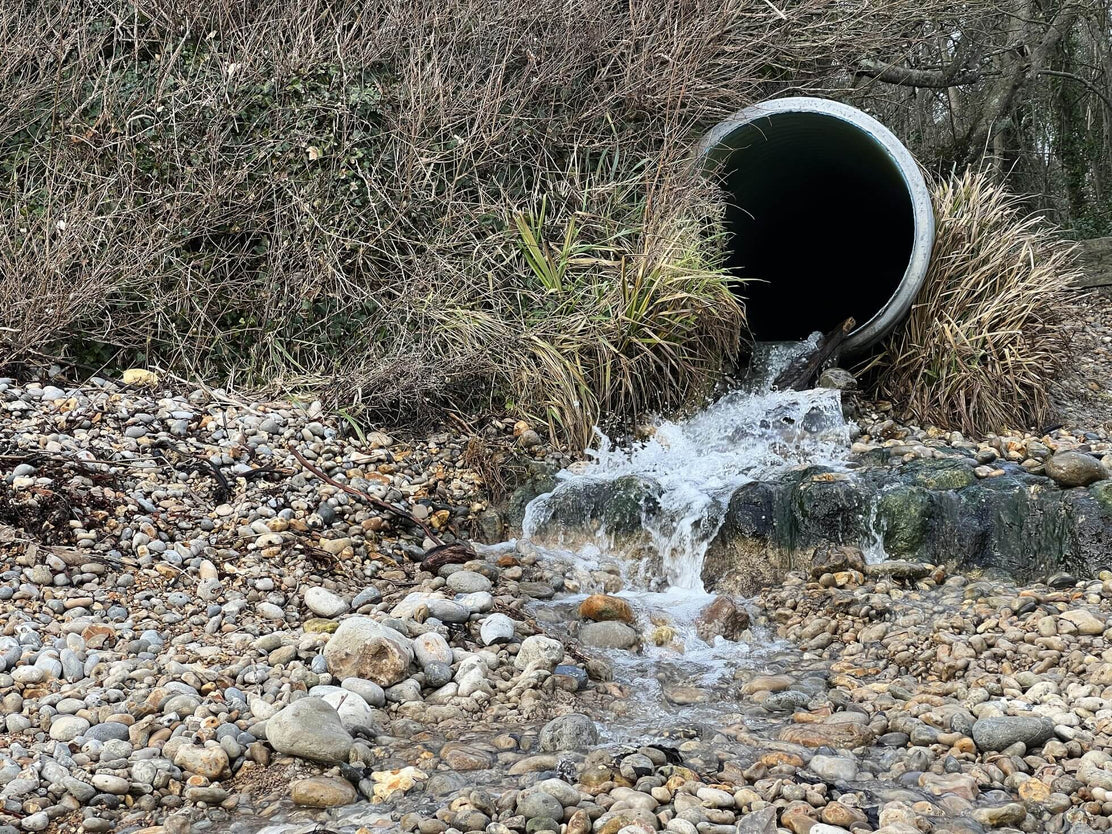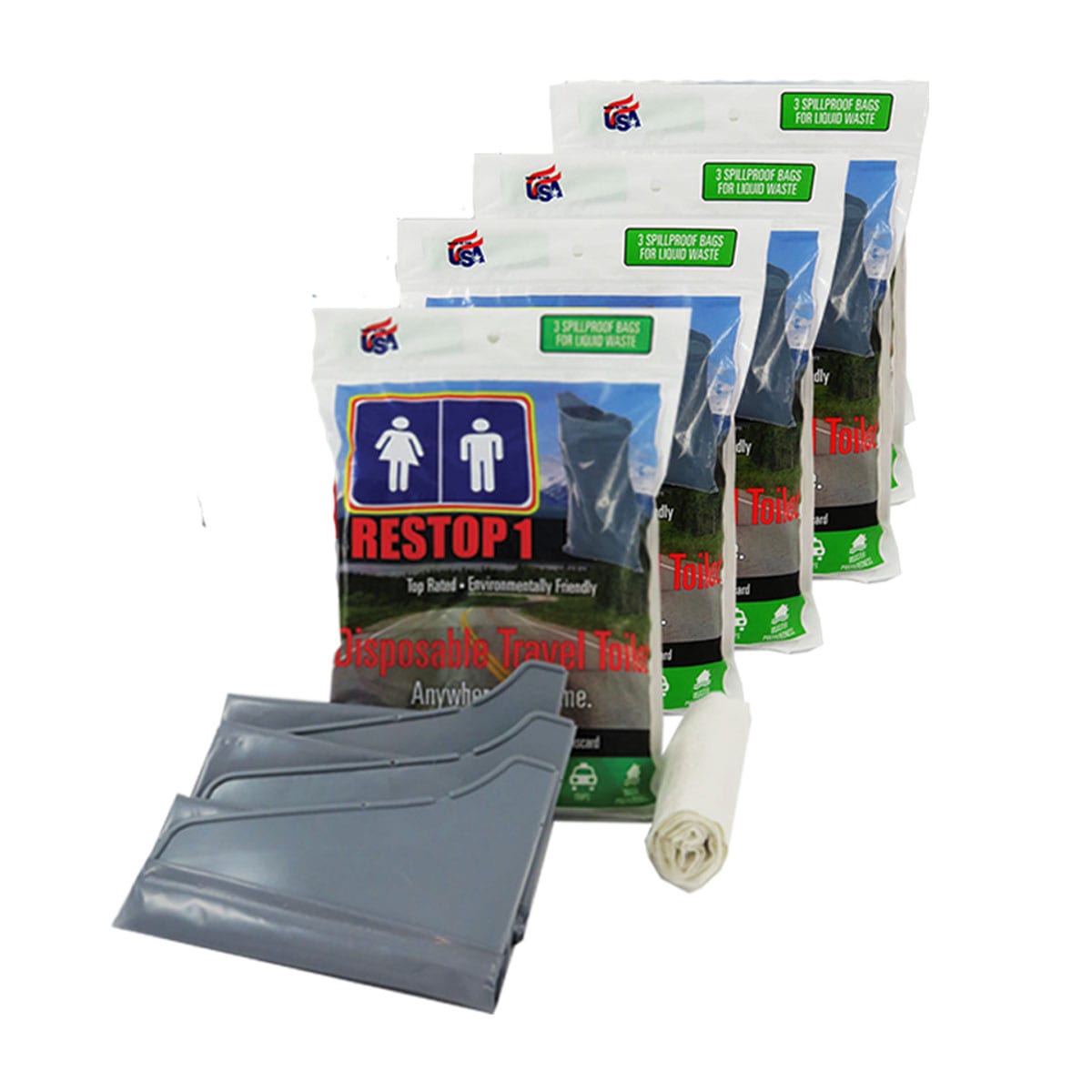Leading Industrial Wastewater Treatment Solutions: Making Sure Compliance and Efficiency
Leading Industrial Wastewater Treatment Solutions: Making Sure Compliance and Efficiency
Blog Article
How Fluid Garbage Disposal Functions: A Thorough Overview of Strategies and Technologies Employed

Introduction of Fluid Waste Kind
The intricacy of liquid waste kinds demands an extensive understanding of their features and effects for disposal. Fluid waste can extensively be categorized into several kinds, consisting of commercial, municipal, farming, and hazardous waste. Each group shows unique properties, calling for details monitoring methods to alleviate environmental and health threats.
Industrial fluid waste originates from manufacturing procedures and commonly consists of a variety of pollutants, such as heavy steels, solvents, and organic compounds. Metropolitan fluid waste, mostly making up wastewater from households and commercial facilities, consists of natural matter, nutrients, and pathogens (industrial wastewater treatment). Agricultural liquid waste, including drainage from farms, might consist of fertilizers, chemicals, and animal waste, posturing dangers to water quality and ecological communities
Harmful liquid waste is defined by its toxicity, sensitivity, or potential to trigger harm. This classification includes compounds like acids, bases, and particular chemicals that require rigid handling and disposal protocols. Recognizing these diverse liquid waste kinds is vital for creating effective disposal techniques and ensuring conformity with ecological policies. Correct classification and characterization are vital for executing appropriate treatment strategies and minimizing the adverse influence on public health and the setting.
Physical Therapy Approaches

Testing is the preliminary step, where bigger fragments and debris are eliminated from the liquid waste making use of screens or grates. In sedimentation containers, larger bits settle at the base, developing a sludge layer, while the made clear fluid can be more dealt with.
Filtering is another necessary approach that includes passing the liquid via permeable products, such as sand or membrane layers, to catch smaller bits. This action boosts the quality of the fluid, making it appropriate for subsequent therapy procedures.

Chemical Therapy Strategies
Chemical treatment methods are crucial for efficiently handling liquid waste, specifically in addressing liquified and colloidal impurities that physical approaches might not effectively remove. These methods utilize different chemical representatives to neutralize, speed up, or change dangerous materials into less unsafe types.
One usual method is coagulation and flocculation, where chemicals such as alum or ferric chloride are contributed to promote the aggregation of put on hold bits. This process improves sedimentation, permitting easier removal of the resulting sludge. In addition, oxidation procedures, employing agents like chlorine or ozone, are used to damage down complex organic compounds and virus, providing the waste safer for discharge or additional therapy.
Neutralization is an additional critical method, which changes the pH of acidic or alkaline waste streams to neutral degrees, avoiding prospective injury to downstream systems and the setting. Furthermore, advanced oxidation procedures (AOPs) use mixes of oxidants and ultraviolet light to degrade consistent contaminants, attaining a greater degree of therapy efficiency.
Biological Treatment Processes
Organic therapy procedures play an important function in the administration of fluid waste by making use of microbes to decompose natural issue and lower impurity degrees. These procedures can be generally categorized into cardio and anaerobic treatments, each employing certain microbial communities to achieve reliable waste deterioration.
Cardio treatment includes the usage of oxygen to facilitate the malfunction of natural products by germs. This procedure is frequently applied in turned on sludge systems, where aeration storage tanks supply a favorable setting for microbial development, More Bonuses resulting in the additional hints oxidation of organic toxins. The resultant biomass can be separated from dealt with effluent with sedimentation.
In contrast, anaerobic therapy happens in the absence of oxygen, counting on various bacteria to break down raw material. This method is specifically helpful for high-strength waste, as it generates biogas, a renewable resource source, while minimizing sludge production. Technologies such as anaerobic digesters are regularly utilized in commercial and municipal applications.
Both anaerobic and aerobic organic treatments not just reduce the ecological effect of fluid waste however additionally assist in source healing, making them important parts of sustainable waste monitoring strategies. Their efficiency, efficiency, and adaptability support their prevalent implementation throughout numerous industries.
Arising Technologies in Disposal
Ingenious strategies to fluid waste disposal are rapidly progressing, driven by advancements in innovation and a raising focus on sustainability. Among these emerging innovations, membrane layer bioreactors (MBRs) have actually obtained traction for their capability to incorporate organic therapy with membrane layer filtration, resulting in top notch effluent that can be recycled in numerous applications. MBRs make it possible for smaller footprints and more efficient operations compared to conventional systems.
One more encouraging growth is using anaerobic food digestion combined with nutrient recovery technologies, which not only deals with fluid waste yet also creates biogas and recoups beneficial nutrients like nitrogen and phosphorus. This twin advantage improves resource efficiency and decreases environmental impact.
Furthermore, advanced oxidation procedures (AOPs) are being adopted for the deterioration of complicated natural contaminants. These approaches use powerful oxidants and catalysts to damage more info here down impurities at the molecular level, providing a highly reliable option for difficult waste streams.
Furthermore, the integration of expert system and maker knowing in waste management systems is maximizing operational efficiency and anticipating maintenance, bring about lowered expenses and improved ecological compliance. These modern technologies show a significant change towards even more lasting and effective fluid waste disposal practices.
Final Thought
In conclusion, reliable liquid garbage disposal requires a detailed understanding of numerous methods and technologies. The combination of physical, chemical, and organic treatment approaches guarantees the reliable administration of varied waste types. Moreover, the emergence of ingenious technologies improves therapy efficacy and advertises sustainability in waste monitoring methods. By continually advancing these techniques, it becomes feasible to address the expanding challenges linked with fluid waste, ultimately adding to environmental defense and source healing.
Fluid waste disposal is a critical element of environmental management, needing a detailed understanding of numerous techniques and technologies tailored to different waste types. Liquid waste can broadly be categorized into several kinds, consisting of industrial, local, farming, and harmful waste. Agricultural liquid waste, including overflow from farms, may contain fertilizers, chemicals, and pet waste, posturing threats to water high quality and ecological communities.
Numerous physical therapy techniques play an important function in handling liquid waste effectively - industrial wastewater treatment.In conclusion, reliable fluid waste disposal requires an extensive understanding of various strategies and modern technologies
Report this page